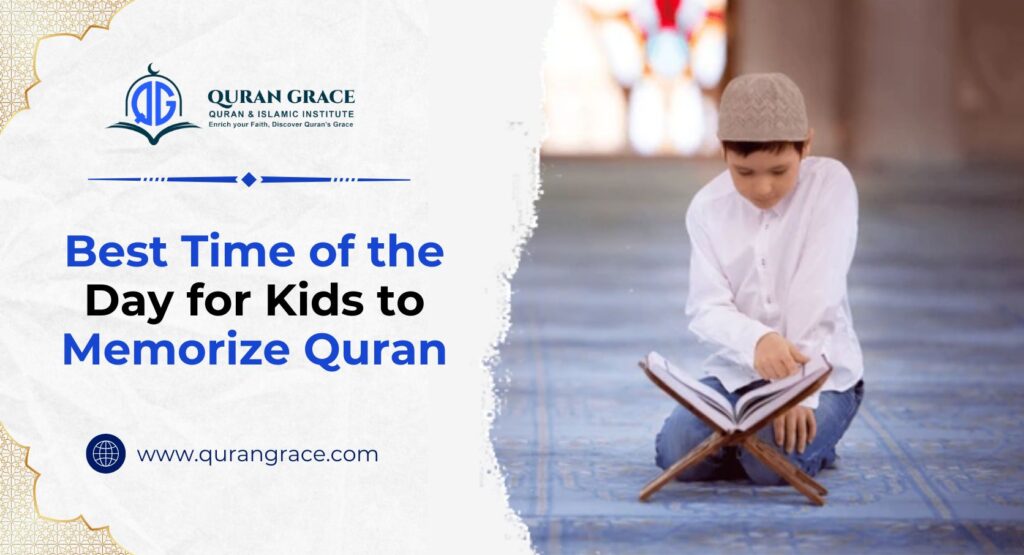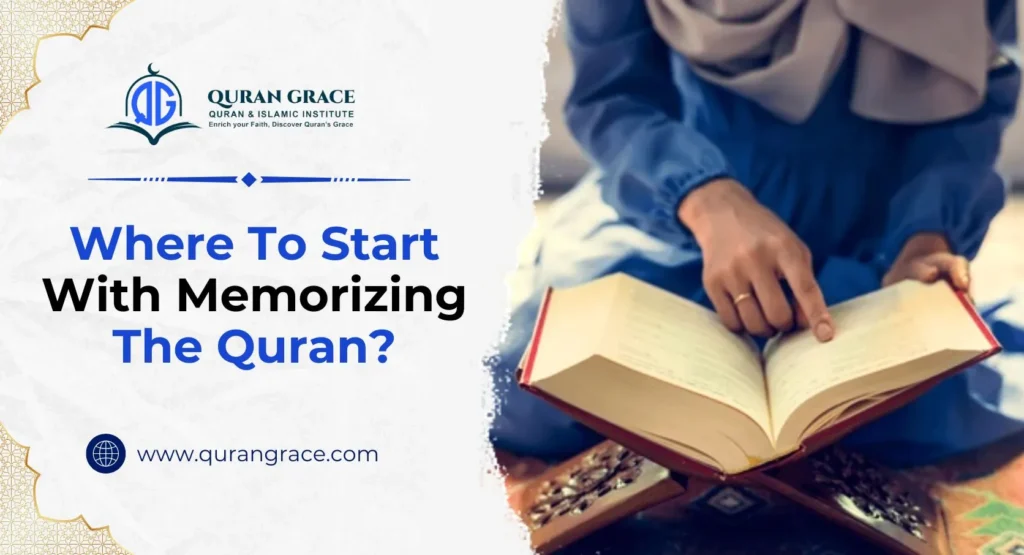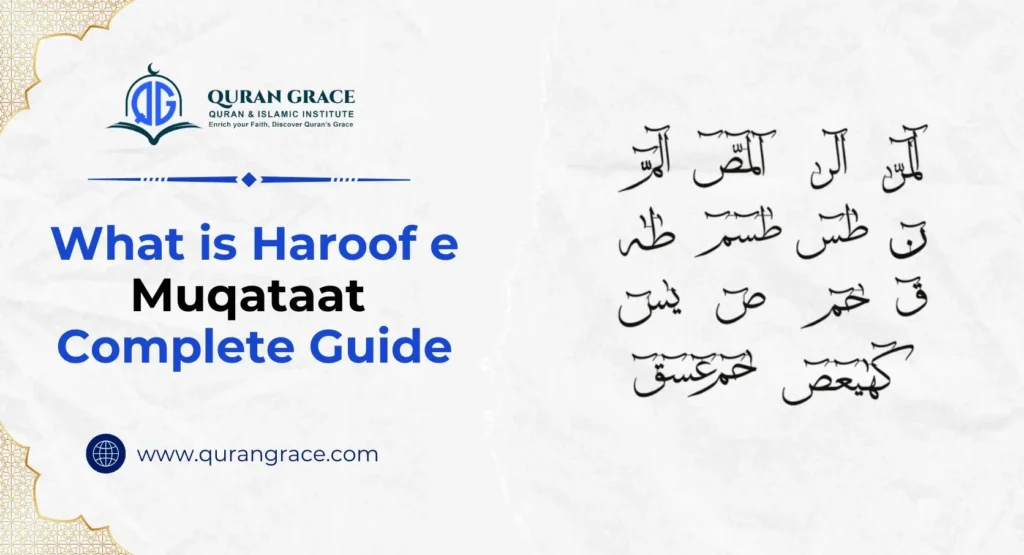The Quran holds within its verses layers of profound meaning and wisdom. Among its many unique features are the “Haroof-e-Muqataat” (cut-off or disconnected letters), enigmatic alphabetical initials that appear at the beginning of 29 surahs (chapters). These letters, such as Alif-Lam-Mim, Ha-Mim, and Kaf-Ha-Ya-Ain-Sad, have fascinated and intrigued scholars and laymen alike for centuries, prompting deep contemplation and various interpretations.
Table of Contents
ToggleWhat are Haroof-e-Muqataat?
Haroof-e-Muqataat, which translates to “disjoined letters” in Arabic, refers to unique combinations or individual letters—ranging from one to five—that appear in various texts, particularly in the Quran. These letters do not form recognizable words in the traditional sense and are pronounced separately, consistent with their designation in the Arabic alphabet. For instance, the combination Alif-Lam-Mim is articulated as “Alif-Laam-Meem,” rather than being pronounced as a single cohesive word.
Their Presence in the Quran
These mysterious initials preface some of the most profound and significant surahs in the Quran, including Surah Al-Baqarah, Surah Al-Imran, Surah Yunus, Surah Maryam, and Surah Al-Qalam, among others. Their recurring appearance and the fact that they immediately precede the revelation of divine verses underscore their importance.
Why the Mystery? Interpretations and Theories
The exact meaning and purpose of Haroof-e-Muqataat remain a subject of ongoing discussion and scholarly debate. While their definitive interpretation is known only to Allah (SWT), several compelling theories have emerged over time:
- A Challenge to the Disbelievers
One widely accepted theory suggests that these letters serve as a divine challenge to the disbelievers of Mecca. The Quran was revealed in their own language, using the very letters they used for their poetry and prose. By commencing surahs with these disjointed letters, Allah (SWT) was perhaps highlighting that even with their mastery of the Arabic language, they could not produce anything like the Quran.
- Attention-Grabbing Device
Another perspective is that these letters were used to capture the attention of the audience. In a society where oral tradition was paramount, such an unusual opening would immediately draw listeners in, preparing them for the profound message that was about to follow.
- Symbolic References to Divine Attributes
Some scholars believe that each letter or combination of letters might symbolize certain divine attributes of Allah (SWT) or represent profound concepts that are beyond human comprehension. For example, “Alif” might represent Allah, “Lam” for Jibreel (Gabriel), and “Mim” for Muhammad (peace be upon him). However, these are speculative interpretations.
- Emphasis on the Quran’s Divine Origin
The mysterious nature of Haroof-e-Muqataat could also serve to emphasize the divine origin of the Quran. Their incomprehensibility to human minds reinforces the idea that the Quran is not a human composition but a revelation from a higher source.
- A Code Known Only to Allah
Many Islamic scholars assert that the true significance of Haroof-e-Muqataat, the mysterious letters appearing at the beginning of certain chapters in the Quran, is a secret known exclusively to Allah (SWT). This viewpoint highlights the limitations of human understanding and promotes humility regarding divine knowledge. It serves as a reminder that certain elements of divine revelation remain beyond our complete comprehension, ultimately fostering a deeper sense of awe and reverence for the Creator.
- Acoustic or Rhythmic Significance
Some scholars propose that the letters in the Quran may serve an acoustic or rhythmic purpose. This theory suggests that they contribute to the distinctive and captivating cadence found in Quranic recitation, enhancing its overall auditory experience.
What We Can Learn from Haroof-e-Muqataat?
While their definitive meaning remains a divine secret, Haroof-e-Muqataat offer invaluable lessons for believers:
- Humility in Knowledge: They remind us that human knowledge is limited, and there are aspects of divine wisdom that remain beyond our complete understanding.
- Encouragement for Deeper Reflection: Their mystery encourages continuous contemplation and study of the Quran, prompting believers to delve deeper into its meanings.
- The Miraculous Nature of the Quran: They serve as a constant testament to the unparalleled and miraculous nature of the Quran, a book unlike any other.
- The Power of Divine Communication: They highlight the multifaceted ways in which Allah (SWT) communicates with humanity, sometimes through clear verses and sometimes through profound enigmas that invite faith and trust.
Conclusion
The Haroof-e-Muqataat stand as a unique and captivating feature of the Quran. While their ultimate meaning may forever remain a divine secret, their presence profoundly enriches our understanding of the Quran’s miraculous nature and deepens our awe and reverence for the wisdom of Allah (SWT). You can learn the tafseer and translation of the Quran from Quran Grace, where the tutors will help you understand the deeper meaning of the verses with a free evaluation.








